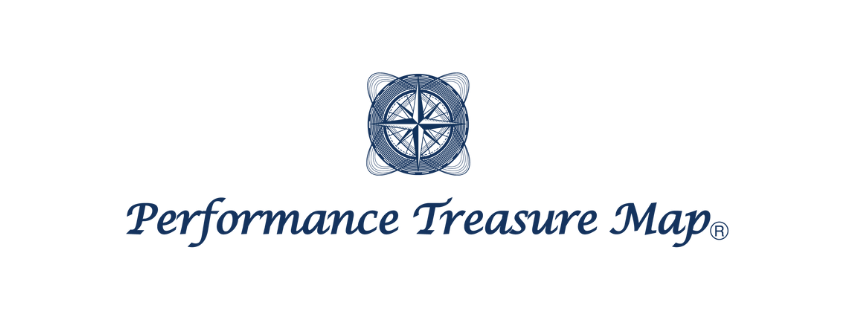Thank you for visiting our blog!
In this blog, we will introduce the “Corrective & Preparation Exercise,” which is the final destination achieved by subdividing the first map, the Original K-Map, within the Performance Treasure Map.
We will explore not only the objectives, procedures, and precautions of each exercise but also:
- The fundamental principles behind conducting these exercises
- How they are linked to performance (the ‘treasure’)
Our aim is to provide a deeper understanding of these exercises.

We hope that after reading this blog, it will assist you when prescribing exercises to your clients and athletes!
Today, we are introducing the “90/90 Shinbox”!

Classification of Exercises in the Original K-Map
When breaking down the factors of performance, they can be classified as follows:
Range of Motion Muscle Function Technique
Each exercise is linked to these categories.
筋機能
は更に以下の通り細分化できます!
Normalizing breathing patterns
Gaining mobility and stability
Core reflexes and co-contraction
Activation of surrounding muscle groups
The “90/90 Shinbox” is mainly used for
Gaining mobility and stability
and we will explain the reason behind this.
Principles and Fundamentals
First, let’s start with the fundamental principles of the exercises.
The key principle here is the “Joint by Joint Theory,” which we introduced in a previous blog!
▼Joint by Joint Theory【Principle】
s://ptm01.com/joint-by-joint-theory/
In the human body, joints responsible for mobility and joints responsible for stability are interconnected in a chain, as shown in the diagram.

The hip joint, as mentioned in a previous article, is a powerful joint in the human body with a large range of motion and various movements.
However, as the body is structured through a chain of mobility and stability, it is not only important for the hip joint to move; it must also coordinate and function in sync with the surrounding joints (such as the lumbar-pelvic region).
Connection with Performance
Utilizing the Core
Core training typically involves postures like lying on your back, on your stomach, sideways, or in a quadruped position, where the spine is “parallel” to the ground.


However, in many sports, the core is used in situations where the spine is “vertical” to the ground.

What changes the way you use your trunk depending on whether your spinal column is perpendicular or parallel to the ground?
The type of gravity (load) applied changes!
The 90/90 Shinbox helps improve the coordination between the hips and core (pelvis) while keeping the spine vertical, making it more applicable to athletic movements.

It’s not that quadruped core training is useless or that kneeling or standing core exercises are always better; it’s essential to incorporate various variations to effectively engage the core!
Coordination Between the Upper and Lower Body (“Undulation”)
We perform movements by harnessing energy from the ground, and athletes utilize this energy to enhance their performance in sports.
To maximize performance, coordination between the upper and lower body is essential.
To transmit force from the ground to the extremities effectively, it’s crucial to ensure that the hips and core transfer energy without loss.
Muscles involved in the hip and core region include:
✅Gluteal muscles
✅Quadriceps
✅Hamstrings
✅Abdominal muscles
✅Back muscles
All these muscle groups must activate at the right time.
When they engage correctly, the upper and lower body naturally move in a smooth, “undulating” manner.
This smooth “undulation” is critical for achieving high performance in various sports.
90/90 Shinbox

Objectives
Achieving a neutral pelvis position
Enhancing hip mobility
Starting Position
Keep both knees bent at 90 degrees and open the hips about shoulder-width apart.
Procedure
With the spine kept straight, tilt the hips side to side.
Points to Note
Do not round your back.
Move from the base of the pelvis.
Conclusion
In this post, we introduced the “90/90 Shinbox.”
We utilize six movements of the hip—flexion, extension, internal rotation, external rotation, abduction, and adduction—in combination during dynamic actions.
The 90/90 Shinbox is an effective exercise to prepare the hip joint for performing these complex and dynamic movements smoothly.
・The focus is not solely on the hip; coordination with the core (pelvis) and alignment (keeping the spine vertical) is important.
・This leads to the coordination between the upper and lower body, which is crucial for performance (ground reaction force/undulation).

Next time, we will introduce the “Leg Lock Bridge”!
Please look forward to it!
▼For more information on PTM and K-Map, click here:
▼To purchase the Original K-Map, click here:

This post is also available in ja.


